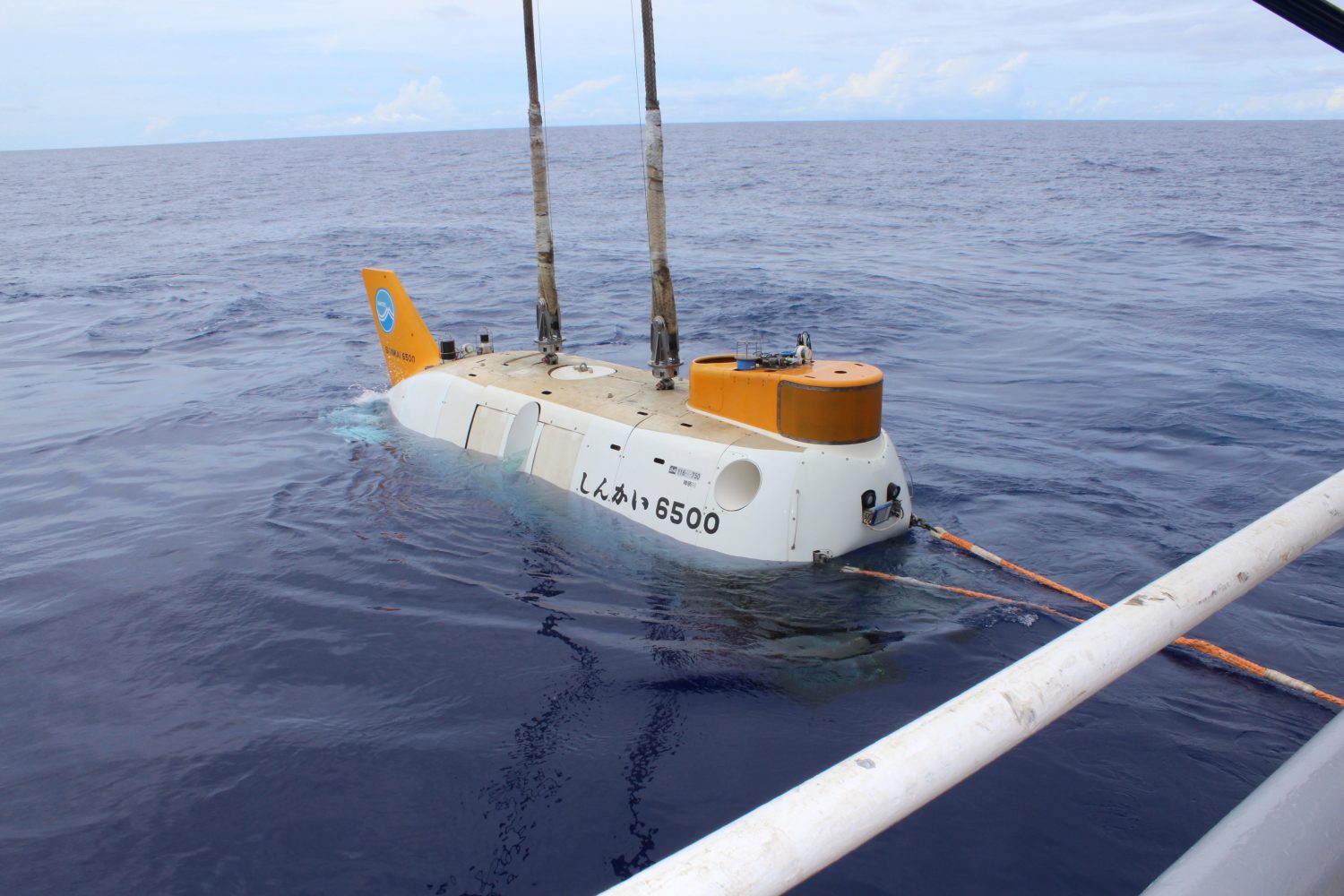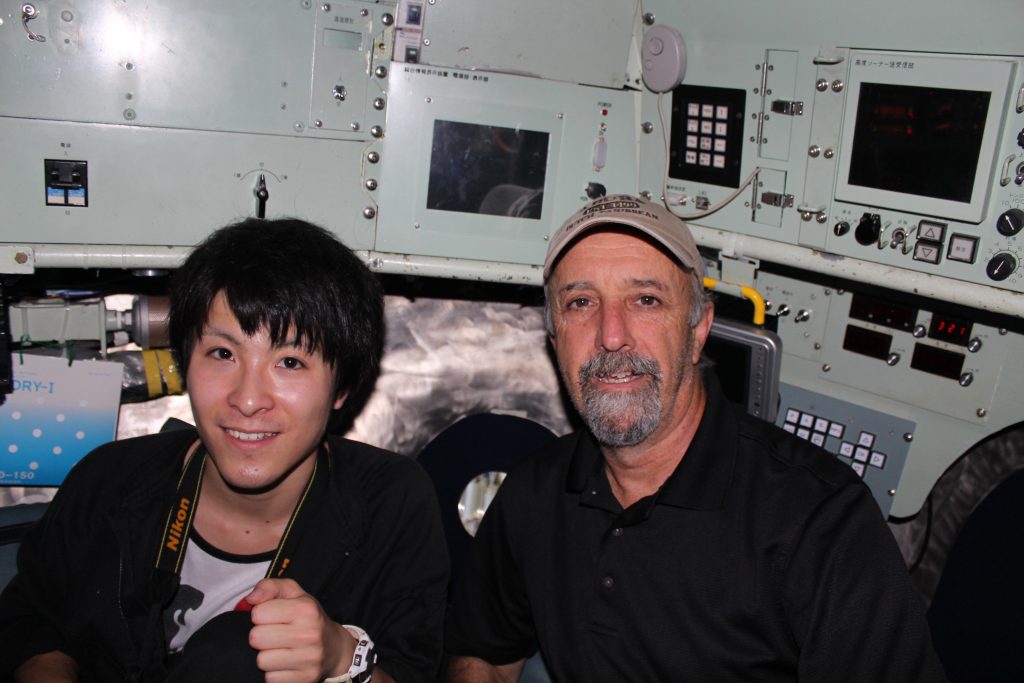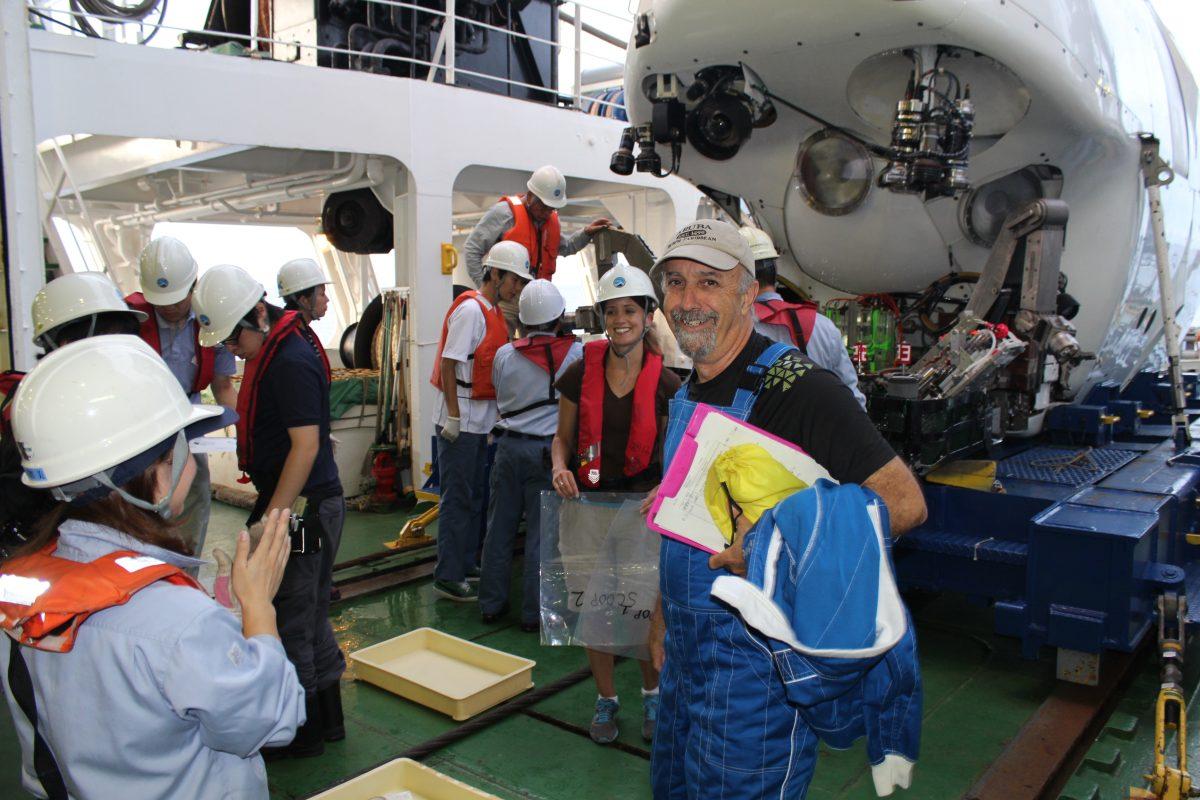The Mariana Trench is the deepest point in the ocean. At 6,500 meters below sea level, the pressure, darkness and cold are immense, especially when traveling in a small, Japanese submarine.
Ignacio Pujana, an associate professor of geology, said none of those details bothered him once he saw the jellyfish. The bioluminescent creatures are some of the only organisms to survive in these conditions, and for him, they were almost like a beacon of hope in the ever-stretching darkness.
Pujana said this type of research may be fascinating, but it is not easy to descend so deep into the ocean.

“You start thinking, ‘This is a trap, I can’t get out.’ You get this claustrophobic kind of feeling,” he said. “When you go down there, it’s seriously tough. The other thing is, you have to restrain yourself for eight hours and not go to the restroom. And it gets cold too, 2 degrees Celsius.”
Pujana teaches and researches on behalf of UTD, and this has led him to travel across the world to gather knowledge about geology that he can then teach in his classes.
“Geology is a really big field. It really covers everything about how our planet functions and the physical processes of the earth,” he said. “I’m interested in many different things, like microfossils, oceanography and paleontology.”

One of his more recent expeditions was a month-long joint research project between the United States and Japan. The American and Japanese research team descended in a submarine off of the coast of Guam in July 2014 to study the mineral structures and wildlife at the bottom of the Mariana Trench.
Pujana said researching how life functions in these extreme conditions provides data and information that can be used to combat current global issues.
“All this diving with submarines in a trench may seem to be a bit frivolous because it is expensive and the money can be used for other things,” he said. “What we get from it is samples and observations that help us in the long term.”
Pujana’s research focused on clams that coexist with methane-fueled bacteria in order to survive in the trench. Other researchers also gathered data on the mineral structures in the deep-sea ecosystem.
“These are some of the oldest ecosystems on earth,” he said. “Looking back into time, you get an idea of how things may be in the future. All these concerns we are having now with global warming and sea level changes — we can look at the past and say maybe things will happen this way or this way.”

Educating students in geology is crucial because of how important an understanding of the earth is in our current era, Pujana said.
“You need to know today more than any other time how the planet works. We are straining our resources to a point where we have never been before,” he said. “We are mining the planet, so we need to understand how natural processes work.”











